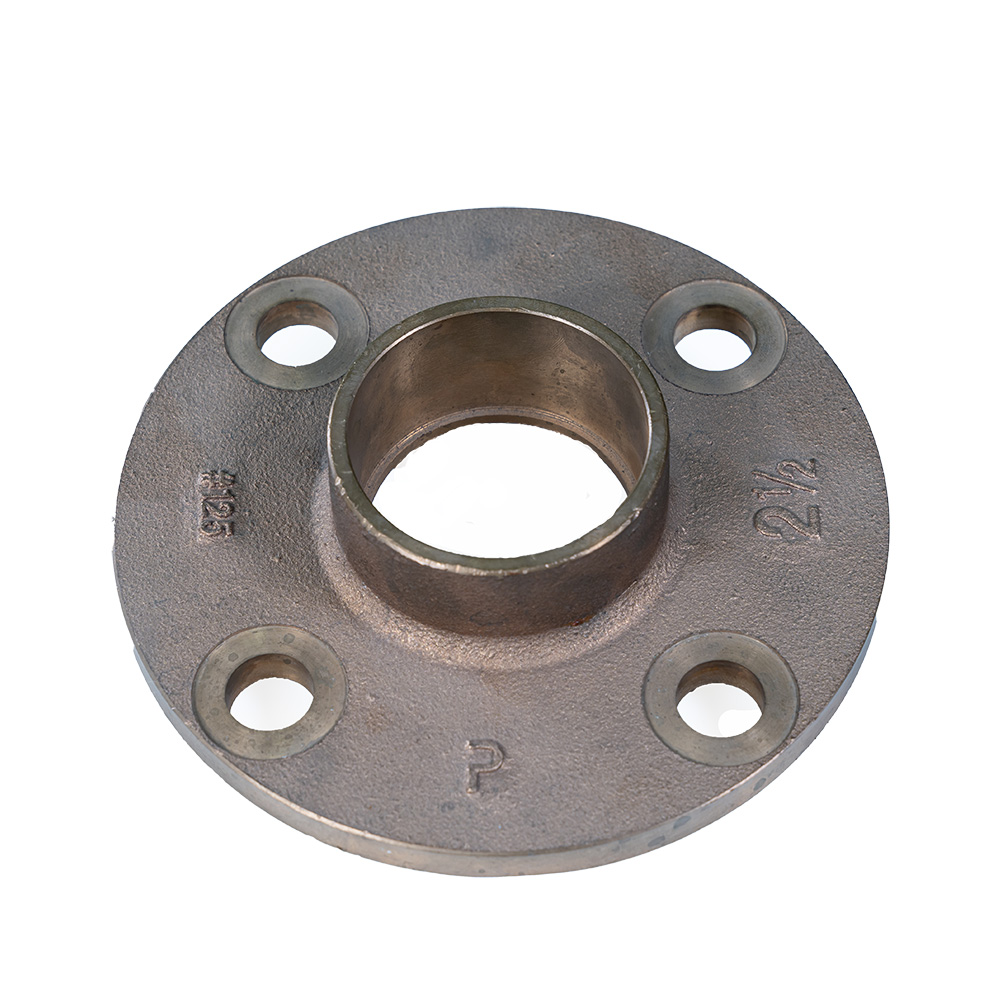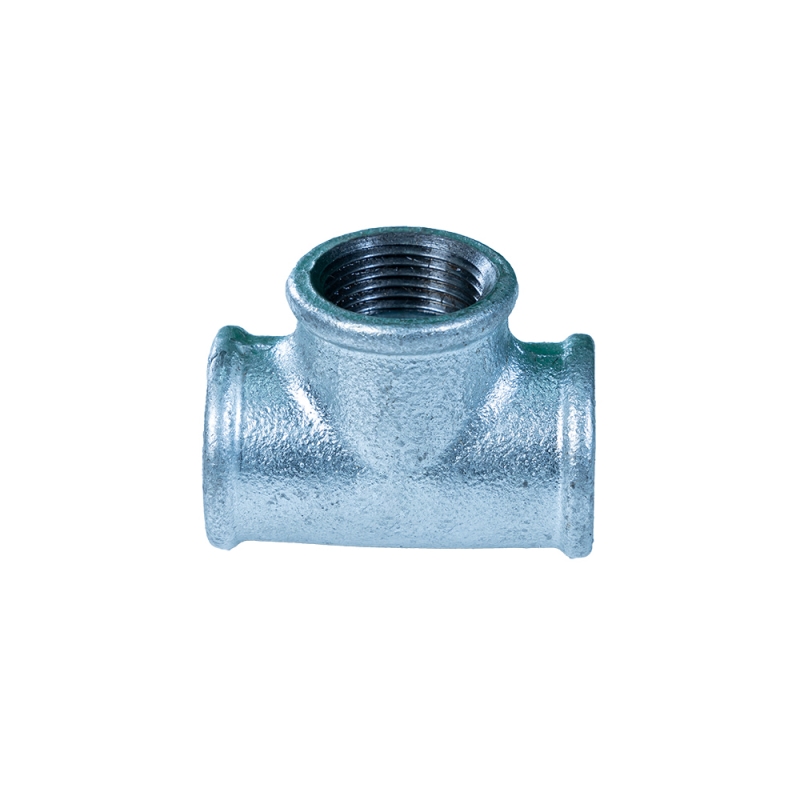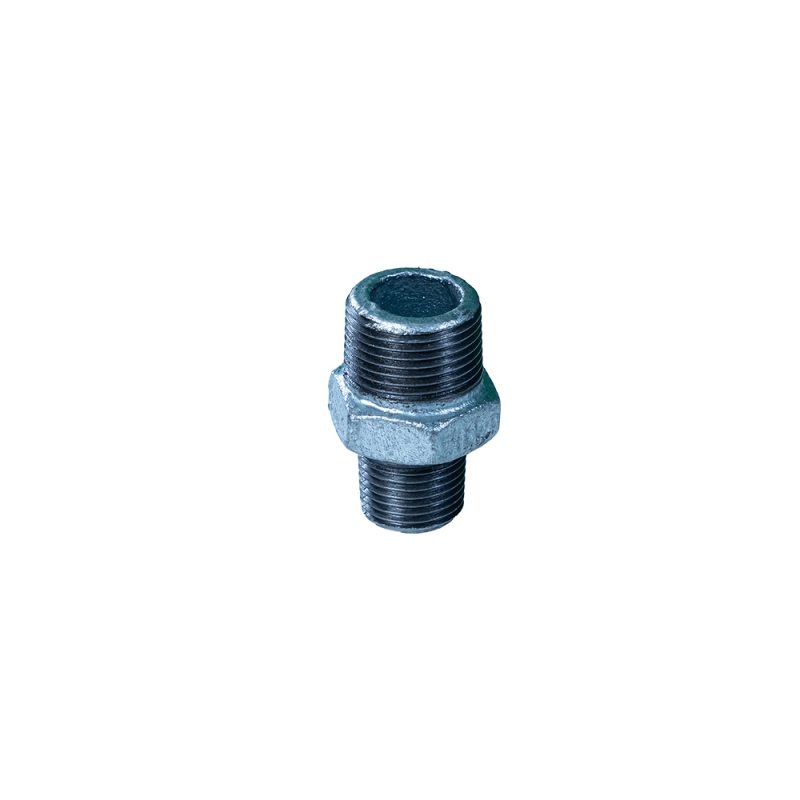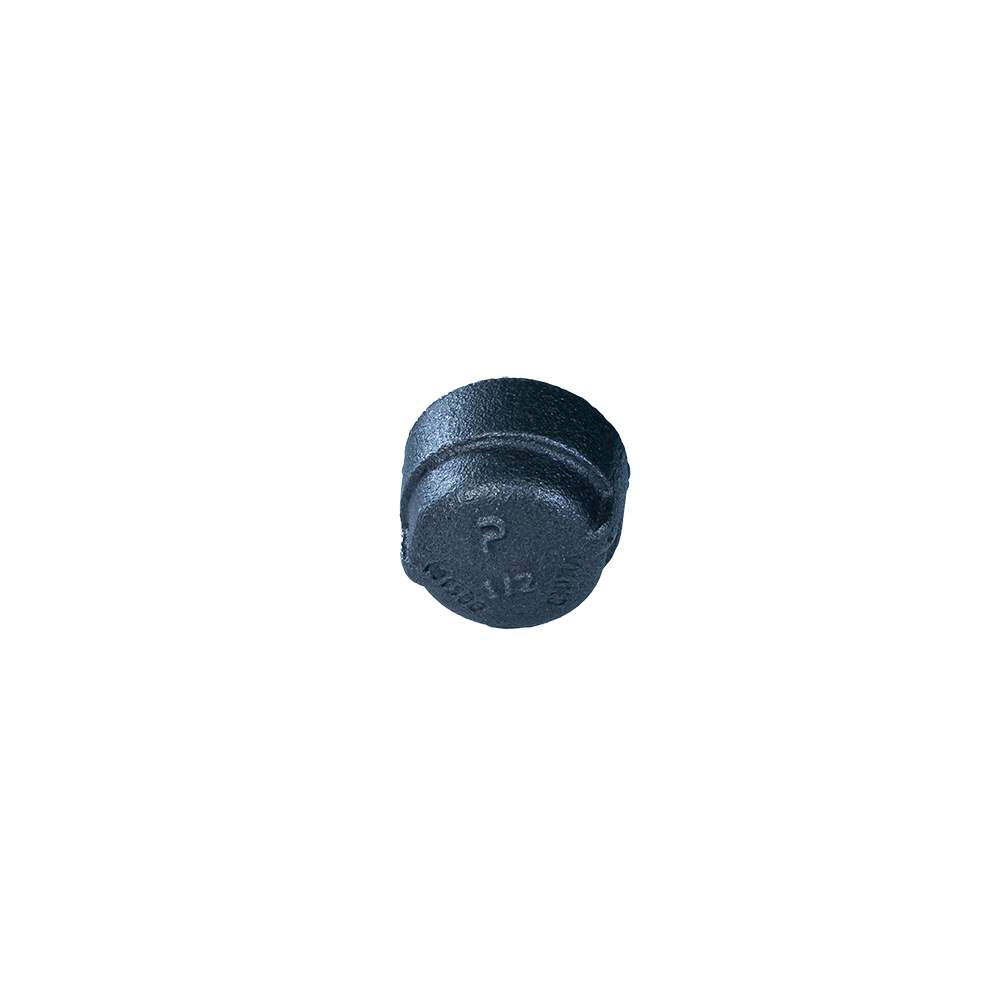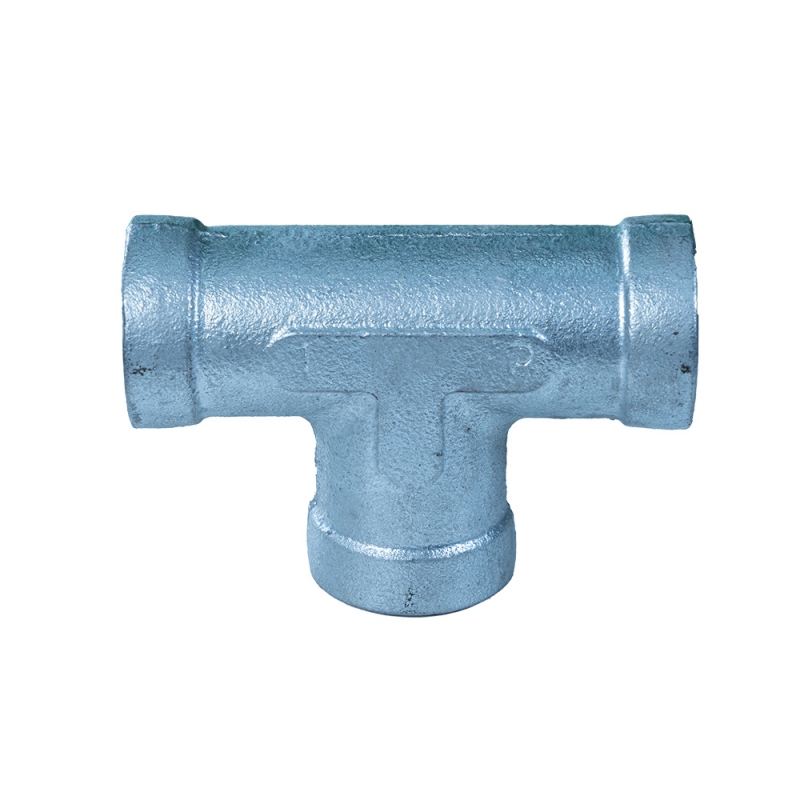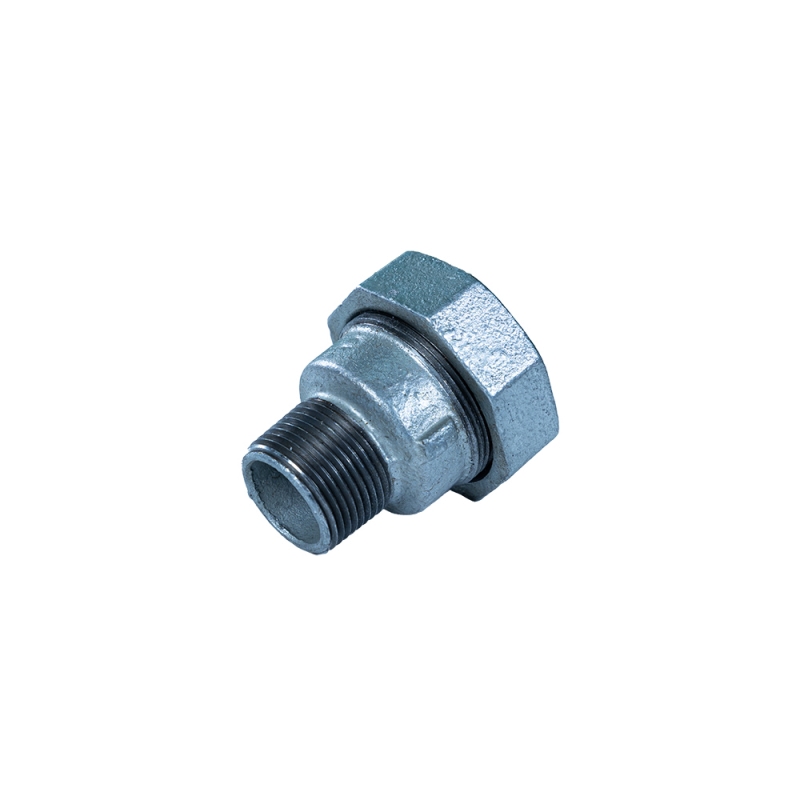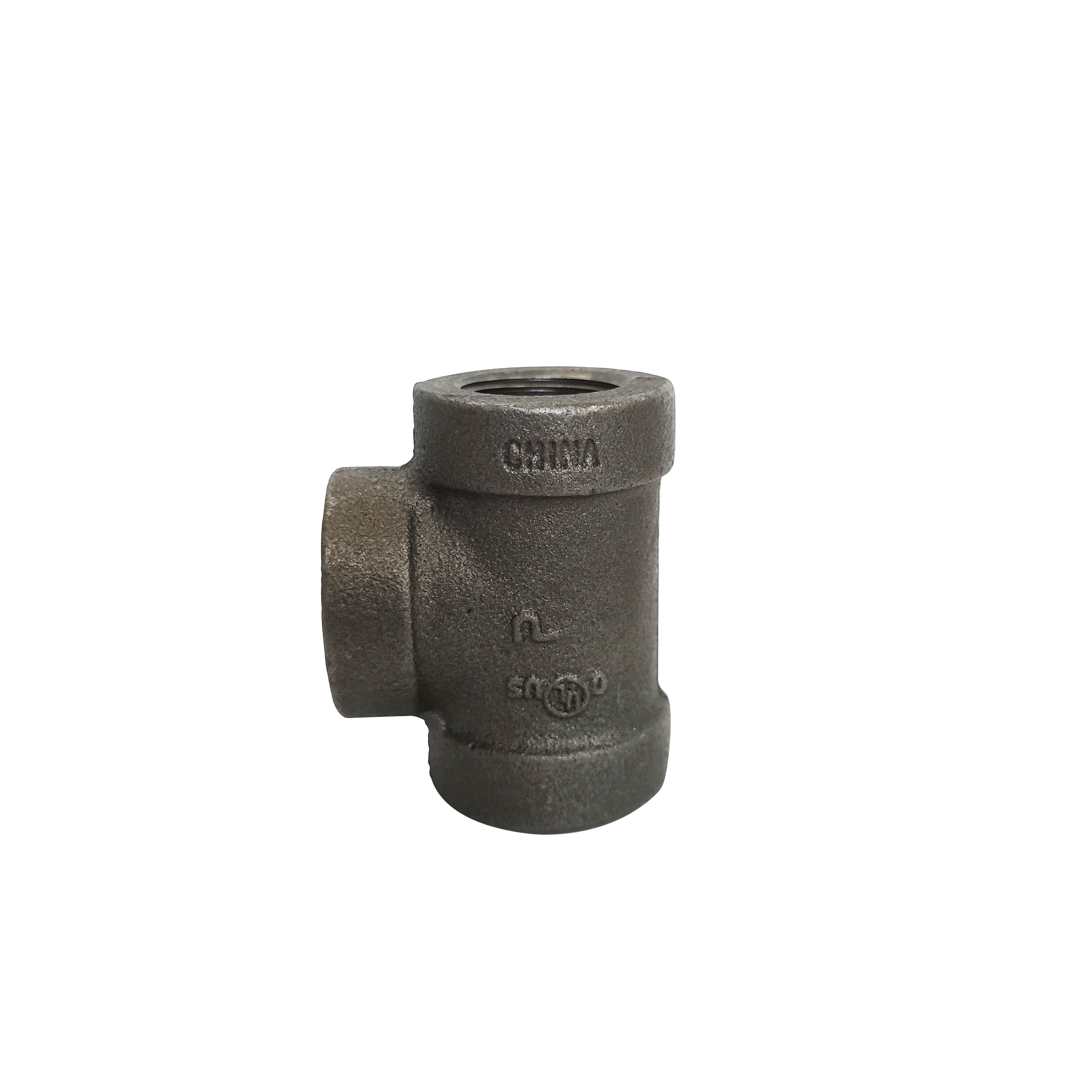- Introduction to 6 inch 90 degree elbow
and related elbow fittings - Performance data and technical advantages of industrial elbow fittings
- Comparative analysis of leading manufacturers
- Customized solutions for piping system challenges
- Real-world applications across multiple industries
- Installation and maintenance best practices
- Conclusion: The role of the 6 inch 90 degree elbow in advanced pipeline design
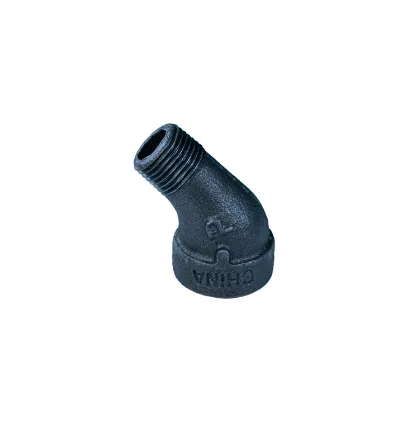
(6 inch 90 degree elbow)
Understanding the 6 Inch 90 Degree Elbow and Related Elbow Fittings
Pipe elbows are critical components in fluid handling and distribution systems, tasked with redirecting flow and accommodating spatial constraints without sacrificing efficiency. The 6 inch 90 degree elbow stands at the forefront of such fittings, handling high flow volumes and offering reliable direction change in both industrial and commercial piping. Alongside, alternative configurations such as the 2 inch 45 degree elbow, 2 inch 45 degree street elbow, and 45 degree 3 inch elbow are utilized for varying angles and space optimization needs.
Elbows are produced according to international standards (ASME, ASTM, DIN), each offering unique specifications concerning wall thickness, pressure ratings, and material choice. This category encompasses carbon steel, stainless steel, and alloy-based elbows, covering a comprehensive range of applications. For instance, stainless steel variants are preferred for corrosive environments due to their outstanding resistance properties.
Data-Driven Performance and Technical Advantages
Elbow fittings must deliver excellence under stringent physical and chemical conditions. The 6 inch 90 degree elbow, often fabricated with seamless construction and butt-weld ends, has proven capable of handling operating pressures up to 6000 psi, with temperature tolerances exceeding 400°C, depending on the chosen material.
| Product | Nominal Size | Angle | Pressure Rating (psi) | Temperature Range (°C) | Material Options |
|---|---|---|---|---|---|
| 6 inch 90 degree elbow | 6” | 90° | 150 – 6000 | -50 to 425 | Stainless steel, carbon steel, alloys |
| 2 inch 45 degree elbow | 2” | 45° | 300 – 4000 | -30 to 410 | Stainless steel, carbon steel |
| 2 inch 45 degree street elbow | 2” | 45° | 300 – 4000 | -30 to 410 | Brass, stainless steel, malleable iron |
| 45 degree 3 inch elbow | 3” | 45° | 150 – 3000 | -35 to 420 | Stainless steel, carbon steel |
Structural attributes such as radiused bends minimize flow resistance, supporting laminar flow, while precise machining tolerances reduce risk of leakage and system downtime. Advanced production technologies like hot induction bending and computer-controlled welding guarantee repeatability and longevity, extending operational lifespan by up to 30% compared to conventional elbows.
Comparative Analysis of Leading Manufacturers
Choosing the right fitting is inherently linked to selecting a reputable manufacturer. Industry leaders distinguish themselves through technical innovation, material certification, quality assurance practices, and capacity for large-scale production. To facilitate an informed comparison, the following table evaluates dominant global suppliers based on key selection criteria:
| Manufacturer | Annual Output (Fittings) | Certifications | Material Range | Quality Assurance | Custom Engineering |
|---|---|---|---|---|---|
| Valvex Industries | 5 million+ | ISO 9001, ASME | 11 alloys, carbon/stainless | 100% x-ray, hydrotest | Yes |
| PipeFlex Solutions | 4 million | ISO 9001, PED | 8 alloys, duplex steel | UT, PMI checks | Yes |
| ElbowTech Group | 3.2 million | ASME, API | Carbon, stainless, nickel | Hydrotest, NDT | Limited |
Top-tier producers offer comprehensive documentation for traceability, third-party inspection, and custom stamping. Enhanced finishing processes like pickling and passivation improve corrosion resistance, serving industries such as petrochemical, pharmaceutical, and food processing.
Customized Solutions for Complex Piping Systems
Not all pipeline challenges can be met with off-the-shelf components. Complex installations in refineries, chemical plants, and process piping often encounter spatial restrictions, distinct flow requirements, or unique stress profiles. In such scenarios, engineered-to-order fittings, be it a 6 inch 90 degree elbow with non-standard radius or a corrosion-resistant 2 inch 45 degree street elbow, prove indispensable.
Leading vendors possess advanced CAD capabilities, rapid prototyping, and agile batch manufacturing. Customization may involve adapting wall thickness for increased pressure demands, integrating heat-tracing elements, or tailoring end connections to facilitate automated welding. Rigorous finite element analysis (FEA) and simulation testing precede field deployment, confirming mechanical integrity and adherence to regulatory codes. These measures reduce installation complexity and minimize risk of operational failure, contributing to an optimized total cost of ownership.
Application Scenarios Across Industries
Diverse industries rely on elbows ranging from 2 inch 45 degree variants to robust 6 inch 90 degree bends. Below is a selection of key application scenarios:
- Oil & Gas: High-pressure, high-temperature transmission lines utilize heavy-wall elbows to accommodate abrupt changes in flow direction, protecting system integrity.
- Chemical Processing: Corrosion-resistant elbows channel aggressive media safely, maintaining production uptime and operator safety.
- HVAC and Fire Protection: Standard 45 degree and 90 degree elbows support space-efficient loop systems, ensuring water or air is delivered where required with minimal energy loss.
- Water Treatment: Stainless steel elbows prevent contamination and enable secure water transport under varying loads.
- Pharmaceutical Manufacturing: Sanitary-grade elbows conform with FDA guidelines, ensuring sterility along critical process pipelines.
In a case study concerning a major offshore platform, switching from cast iron to stainless steel 45 degree 3 inch elbows resulted in a measurable 16% reduction in maintenance labor and a 9% increase in pump output due to minimized friction and scale build-up.
Installation and Maintenance Best Practices
The proper integration of elbow fittings profoundly impacts overall pipe performance and reliability. During installation, alignment accuracy, thermal expansion compensation, and correct welding procedures (TIG, MIG, or socket-weld, depending on material and application) must be strictly observed. Inspection routines should include radiographic or ultrasonic testing, verifying the absence of cracks or defects.
Routine maintenance optimizes system longevity. Flange connections on elbows must be torqued to specification; gaskets and seals should be inspected for wear or chemical deterioration. Periodic pressure testing confirms joint integrity, while ultrasonic thickness measurements detect internal erosion before failure can occur. Preventive action based on actionable historical data can extend the usable life of a fitting by several years, significantly enhancing system ROI.
Conclusion: Enhancing Pipeline Design with the 6 Inch 90 Degree Elbow
The 6 inch 90 degree elbow, together with its 2 inch 45 degree and 3 inch alternatives, represents the foundation for safe, efficient, and adaptable pipeline networks. Engineered with precision, these fittings address a diverse spectrum of technical demands. Their transformative impact is proven in performance data, manufacturer advancements, and successful industry deployments. By integrating technically superior elbows and embracing customization, designers and engineers secure prolonged system reliability, reduce lifecycle costs, and achieve regulatory compliance.
To ensure the sustainable operation of pipelines—regardless of industry focus—the systematic approach to selection, procurement, installation, and maintenance of elbows must continue to evolve. As industries pursue greater efficiency and tighter environmental controls, product innovations in elbow fittings will remain a focal point for future-ready pipeline infrastructures.
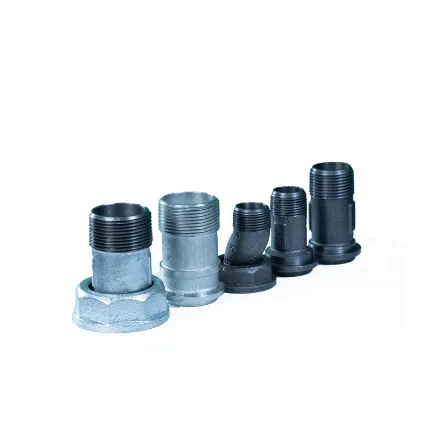
(6 inch 90 degree elbow)
FAQS on 6 inch 90 degree elbow
Q: What is a 6 inch 90 degree elbow used for?
A: A 6 inch 90 degree elbow is used to connect two pipes at a right angle in plumbing or HVAC systems. It helps change the direction of flow efficiently. It is commonly used in large-diameter piping.Q: How does a 2 inch 45 degree elbow differ from a 90 degree elbow?
A: A 2 inch 45 degree elbow turns the pipe flow at a 45 degree angle, unlike a 90 degree elbow which makes a right-angle turn. This provides a gentler change of direction. It is suitable for applications where less abrupt redirection is desired.Q: What is a 2 inch 45 degree street elbow?
A: A 2 inch 45 degree street elbow has one male and one female end, allowing for direct connection to another fitting. It is used for changing the angle in piping with fewer fittings. This can save space and make installation easier.Q: When should I use a 45 degree 3 inch elbow?
A: A 45 degree 3 inch elbow is ideal when a softer, less restrictive turn is needed in a 3 inch piping system. It helps reduce pressure loss and improves flow. Use it in applications where fluid dynamics are important.Q: Can a 6 inch 90 degree elbow be used with other sizes like 2 inch or 3 inch elbows?
A: A 6 inch 90 degree elbow cannot connect directly to 2 inch or 3 inch elbows due to size differences. Reducers or adapters are required for compatibility. Ensure all fittings match the pipe diameter for a proper seal.Post time: جولای-07-2025


